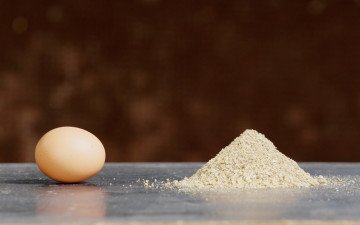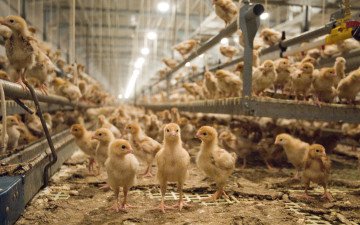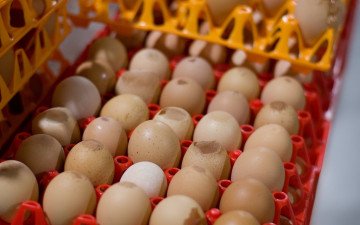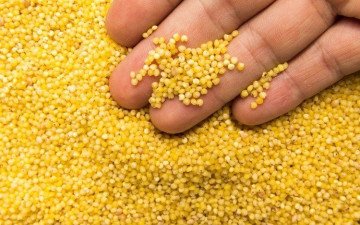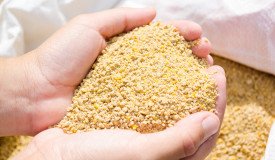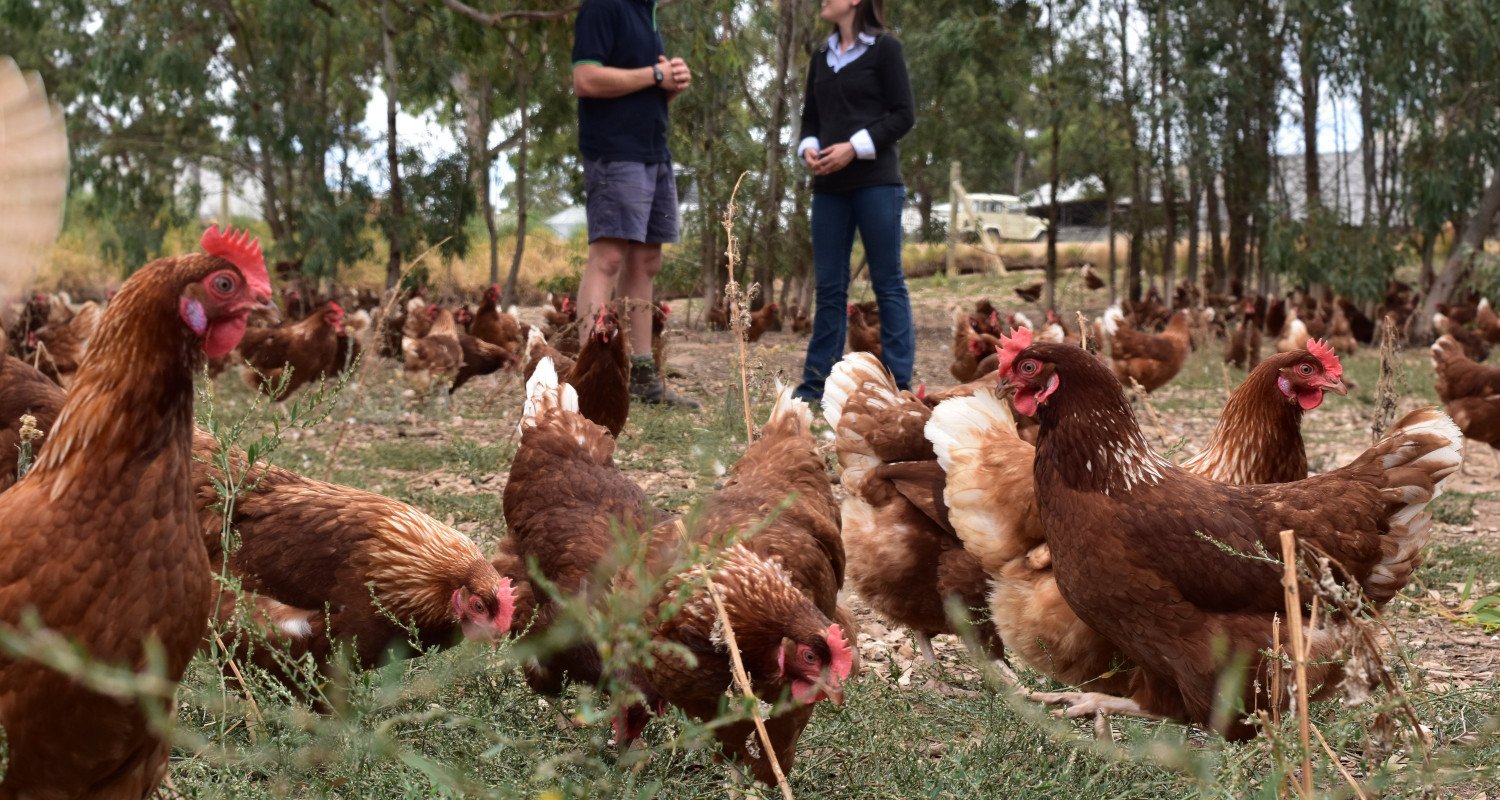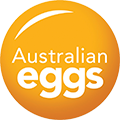
Leading Research: in Feeding & Nutrition
Precision formulation of diets for laying hens can lead to significant cost savings to farmers through improved feed efficiency and better quality eggs. Investment in R&D will enable the development of practical nutritional management strategies which can be applied at a production system level to improve flock feed efficiency and egg quality.
The security of feed grains at economically viable prices is also important to egg business and will be pursued through cross-sector research collaboration. The outcomes of this investment will be to improve egg quality and reduce costs to egg businesses.
Key Resources
Current Research

Updating grain apparent metabolisable energy (AME) database
Energy is the most expensive component of diet for laying hens.
Optimising reduced-protein diets for an efficient and sustainable layer production
This project addresses the knowledge gap of the optimisation of reduced protein diets, by exploring the
effects of dietary enzyme inclusion on the production performance of laying hens fed reduced-protein
diets.
Managing pullets for extended layer life, improved productivity and shell quality
The aim of this project is to understand how different lighting regimes and diets during rearing, either used singularly or together, can improve flock uniformity, egg production and persistency of production, egg size and egg quality, from 16 to 90+ weeks.
Completed Research

Effects of commercial feed enzymes in wheat-based diets on egg and egg shell quality in imported strains of laying hen
At the time of commencement of this project, very little research had been conducted into feeding layer hens and results were not consistent among studies of the benefits of adding commercial feed enzyme preparations to the diets of laying hens.
New grain legume for layers
Due to evidence of paralysis in hens resulting from diets including a type of grain called Lathyrus, this study examined long term feeding trials of a new type of grain developed by the Centre for Legumes in Mediterranean Agriculture (CLIMA).
Alternative protein sources for laying hens
The need to expand the protein options available to the poultry industry was the catalyst for this study.
Total and Digestible Tryptophan Contents of Feedstuffs for Poultry
This report reviews the amino acid tryptophan which is an essential amino acid in the diet of Australian poultry.Reliable values of total and digestible tryptophan in feedstuffs are needed because tryptophan is often the third most limiting amino acid in poultry diets.

Nutritional value of pearl millet as poultry feed
Due to the prediction that Australia will have to import significant quantities of feed grains which will inevitably lead to higher prices, it is essential that research be undertaken to find alternative feed sources for livestock, especially poultry, to reduce the increased cost of feeds and maintain an internationally competitive…
The Relationship Between Calcium Nutrition, Appetite, Growth, Production and Skeletal Development in Early Egg
This research report examines the relationship between body weight, feed intake, calcium nutrition, egg production and skeletal calcium content in three experiments using imported brown egg layers.
A Comparative Study of the Nutritive Values of Triticale and Wheat for Laying Hens
This study examines whether wheat can be substituted by triticale, a generally cheaper cereal grain, without prejudice to performance of the flock or egg quality.
Nutritive value of Lupins for laying hens
The overall aim of this research project was to provide producers and feed formulators with clear guidelines on the economics of using whole and de-hulled lupins and the need for inclusion of enzymes in layer diets containing lupins.
Evaluation of performance of hens fed high nutrient density diets post-moult
This study shows that the low calcium supplementation produces sustained improvements in post-moult performance.
Projects you might find interesting

Barriers to the implementation of Max- profit and Stochastic models to industry
This research found that more resources and education may be needed to help nutritionists implement Stochastic and Max- profit feed formulation in the Australian layer industry.


